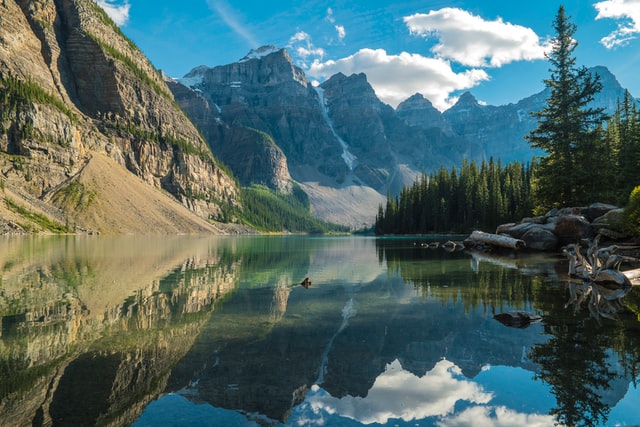While progress is being made, there is still a lot to do. The IPCC has said that, in addition to reducing emissions, it will likely also be necessary to draw greenhouse gases out of the atmosphere to mitigate climate change. The Sabin Center for Climate Change Law, an affiliate of the Columbia Climate School, has been exploring various ways of doing that, including through “blue carbon” approaches. Blue carbon is carbon captured by ocean and coastal ecosystems. In this post, we will focus specifically on ocean-based carbon dioxide removal and sequestration, also known as “ocean CDR”.
Earth Day
President Biden, National Climate Advisor Gina McCarthy and many others in the administration leadership have touted its highly ambitious, whole-government approach to taking the climate crisis. In the administration’s first three months, we have already seen this begin to take shape. Yet, even as global leaders convene for President Biden’s Earth Day climate summit to make major announcements about new climate pledges, the international community, still recovering from four years of Donald Trump’s climate denial and disengagement, has begun to push back, at least in places, against the idea of U.S. leadership in the climate policy space. The question they raise is a good one: Can Biden’s climate policies last, even if an anti-regulation, anti-science, anti-environment president once again sits in the White House?
On Earth Day, citizens all around the world make a concerted effort to reflect upon their relationship with nature, and collectively share what specific actions we can take to protect our planet against threats such as air and water pollution, deforestation, species decline, extreme weather events, and more — all of which are exacerbated by climate change.
The “Rights of Nature” movement is fundamentally rethinking humanity’s relationship with nature, and it is gaining momentum. It is led by activists advocating for ecosystems such as rivers, lakes, and mountains to bear legal rights in the same, or at least a similar, manner as human beings. This movement is striving for a paradigm shift in which nature is placed at the center and humans are connected to it in an interdependent way, rather than a dominant one. How would such a legal system work, and could giving rights to nature help in the legal battle against climate change? A few case studies offer some insight.



